In northern Japan, there’s a special food treasure called Matsumae zuke with deep roots in tradition and skill. It comes from long ago when there were lords and fancy preferences. This delicious treat comes from the beautiful Matsumae area and shows off the amazing flavors of where it was born. When you learn about its past and enjoy its rich tastes, you’ll discover a part of Japanese culture that’s been around for a long time. It is proof of how they have kept things tasty and special.
What is Matsumae zuke?
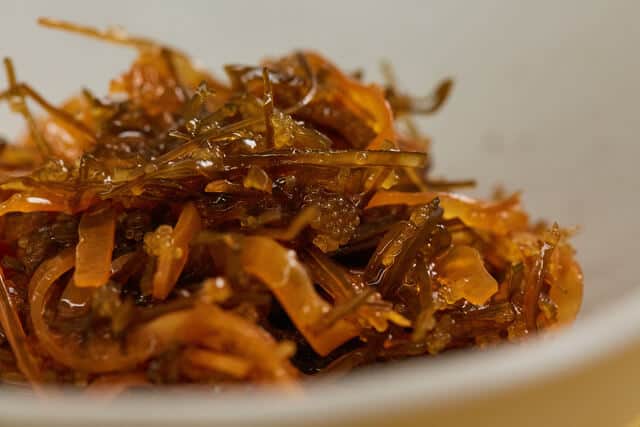
Matsumae zuke is a traditional Japanese dish in Hokkaido that consists of various vegetables and seafood pickled in a sweet soy sauce-based marinade. It originated in Matsumae, a region located in Hokkaido, Japan’s northernmost island. The dish typically includes carrots, daikon radish, konnyaku, burdock root, and fish like herring or salmon.
The three main ingredients used in Matsumae-zuke are herring roe, flying squid, and kelp. Other ingredients are sliced thin or cut into decorative shapes and soaked in soy sauce, sugar, vinegar, and mirin. The marinade imparts a sweet and savory flavor to the pickled items and helps preserve them. Since it is easy to make at home with ingredients such as herring roe, surume squid, and kombu seaweed, some people may prepare it as an accompaniment to rice or as a side dish for sake.
Matsumae zuke History
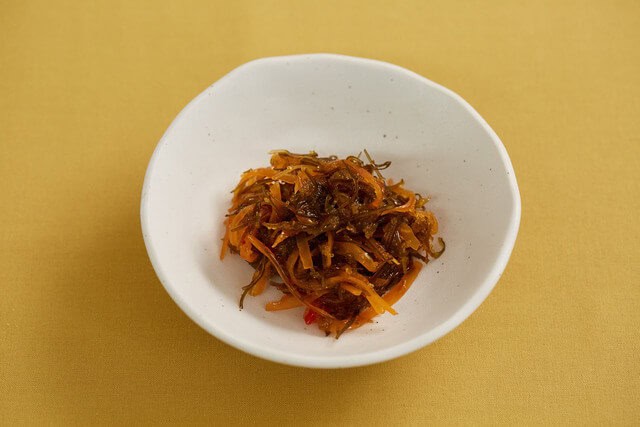
Why did this dish get the name “Matsumae-zuke” in the first place? This originates from the “Matsumae domain”, which is a location a domain of the Edo shogunate in Ezochi (now Hokkaido), the northernmost part of Japan. From the late Edo period to the Meiji period, a large amount of herring was caught in this area.
In the Showa period, while herring fishing declined, squid fishing flourished. The Matsumae-zuke started to be sold, which features squid and kelp as the main ingredients. People’s taste preferences have changed, and Matsumae-zuke was originally made with salt. Originally, locals consumed Matsumae pickles as a preserved winter food. However, nowadays, it includes kombu and herring roe, believed to bring good luck, making it a dish you can enjoy on various occasions, especially during the New Year. Still, today locals mainly made it with a sweet soy sauce-based seasoning. Matsumae pickles have evolved with the times, such as the ratio of ingredients used and seasoning.
How to eat Matsumae pickles
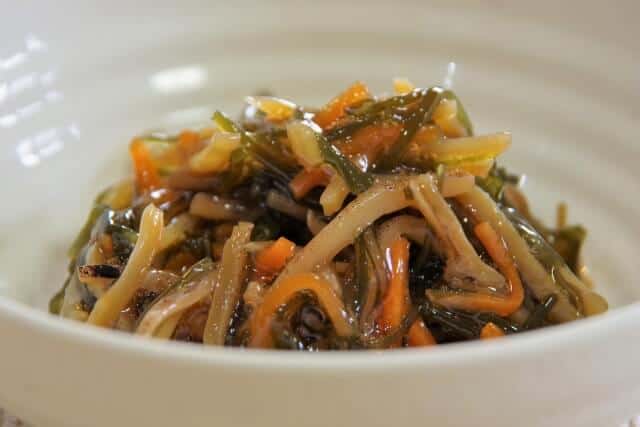
Matsumae pickles are delicious, but if you want to incorporate them into your daily meals, you should know how to eat them. To enjoy a simple arrangement, why not try Matsumae pickled egg over rice first? Place the Matsumae pickles on the rice and remove the egg yolk. The mellow egg and umami-rich Matsumae-zuke go well with the rice, making for an exquisite dish.
If you want to cook with heat, locals also recommend using it as an ingredient for fried or cooked rice. The Matsumae pickles are well seasoned, so you can enjoy them even when mixed with other ingredients. You can not only eat it as it is, but even if you arrange it a little like this, the range of uses for Matsumae pickles will expand, so please try it.
Is Matsumae-zuke only eaten on specific occasions?
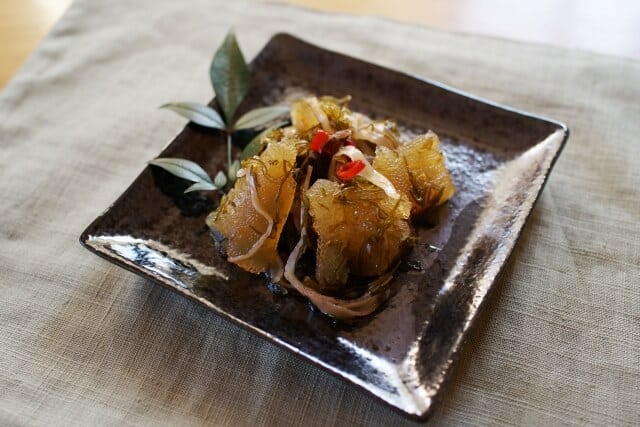
Matsumae-zuke is often associated with special occasions in Japan. Still, it is not exclusively limited to specific times of the year. Traditionally, locals prepared it as a preserved winter food meant for them to enjoy during the colder months when fresh ingredients were scarce. However, its popularity and delicious flavors have led to its consumption beyond just the winter season.
One of the notable occasions when Matsumae pickles are commonly enjoyed is during the New Year’s celebrations. It is believed that including auspicious ingredients like kombu and herring roe brings good luck and prosperity for the coming year. As a result, locals often served Matsumaezuke as a part of the Osechi Ryori, a special assortment of traditional Japanese dishes prepared for the New Year.
While Matsumaezuke’s association with the New Year’s celebrations is strong, it has become more widely available and enjoyed throughout the year as a snack and a meal accompaniment.
Health information of Matsumae zuke
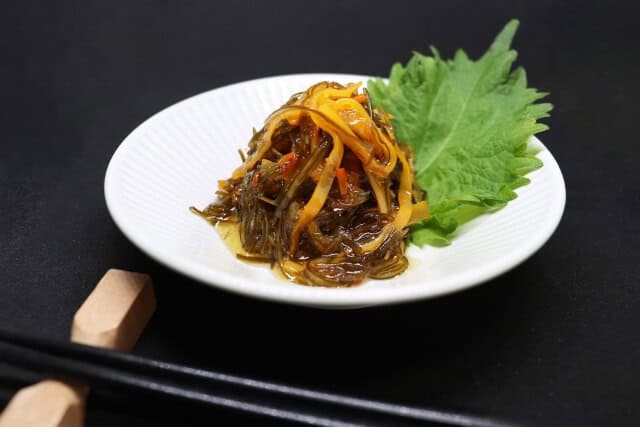
Matsumae-zuke, a fermented and pickled food, holds several potential health benefits. While its nutritional content varies, it can introduce probiotics that foster a healthy gut, aiding digestion. The pickling process retains and enhances nutrient value, making certain vitamins and minerals more bioavailable. With relatively low calories, it serves as a flavorful snack, and its umami profile enhances dishes, potentially reducing the need for extra salt. The dish’s ingredients may harbor antioxidants and, if fish is present, omega-3 fatty acids, beneficial for heart and brain health. Despite these advantages, moderation is key due to high salt content, which might not suit those with hypertension, and the presence of added sugars contributing to caloric intake.
Matsumae zuke FAQ
- How does Matsumae-zuke taste?
-
Matsumae-zuke boasts a distinct taste achieved by pickling ingredients in a blend of soy sauce, sake, mirin, and sugar. The resulting flavor is a fusion of savory, slightly sweet, and umami-rich notes, complemented by a hint of saltiness, with the pickling process not only preserving but also enhancing the depth and complexity of the ingredients. The dish’s flavor can vary based on the ingredients used, often encompassing fish, squid, vegetables like cucumber and daikon radish, and unique elements such as kombu (kelp) and herring roe that introduce diverse textures and tastes.
- How is it typically eaten?
-
Matsumae zuke is often consumed as a side dish with rice, especially during breakfast. Locals also enjoyed the dish by pairing it with sake.
Matsumae zuke Recipe
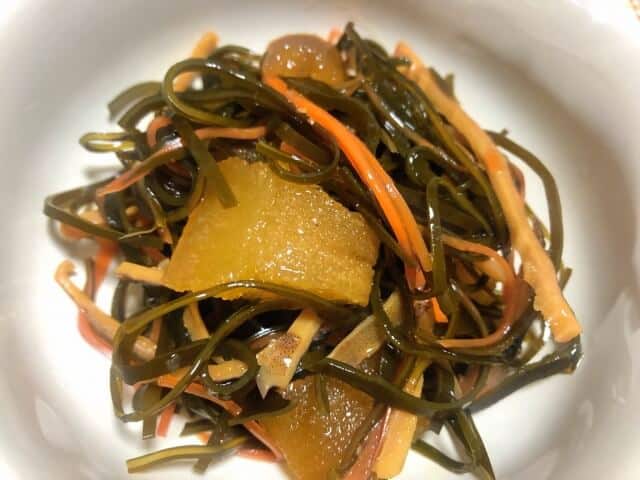
Matsumae zuke Ingredients
| Ingredients of Matsumae zuke for 4 persons | Measurements |
|---|---|
| Japanese flying squid | 150g |
| Kelp | 20g |
| Herring roe | 200g |
| Citron | 8g |
| Soy sauce | 240g |
| Sweet sake | 56g |
| Liquor | 56g |
| Salt | 2g |
How to make Matsumae zuke?
Shred the squid and kombu seaweed, salt the herring roe, peel the thin skin, and loosen it finely.
Put soy sauce, mirin, sake, and a little salt in a container and pickle 1 for about a week.
Place Matsumae-zuke in a bowl and garnish with chopped yuzu. If you like, you can add shredded radish or turnip.
Where to buy Matsumae zuke?
Ezo Matsumae Tatsunoya (蝦夷松前 龍野屋)
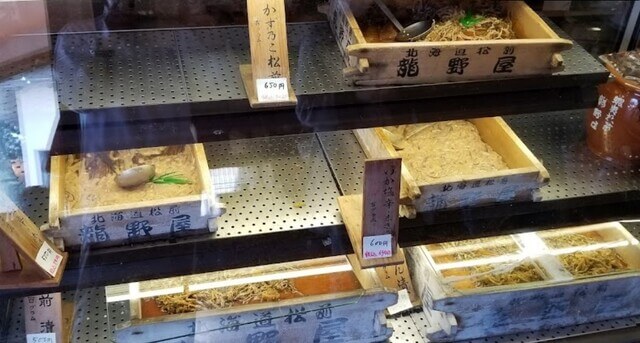
Ezo Matsumae Tatsunoya is a special shop that sells Matsumae-zuke, a unique Japanese pickled dish. Matsumaezuke combines various ingredients pickled in soy sauce, sake, mirin, and sugar, creating a tasty blend of savory, slightly sweet, and umami flavors with a hint of saltiness. The shop offers Matsumae pickle that’s carefully prepared and packed with flavors.
Yamashita Suisan (ヤマシタ)
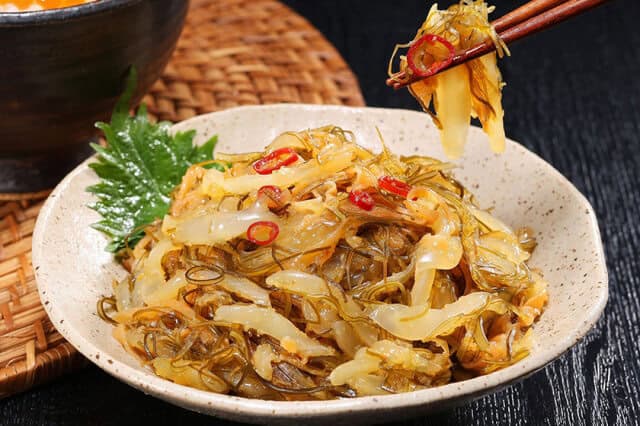
Yamashita Suisan shop is where you can find Matsumae-zuke, a special Japanese pickled treat. The store creates a yummy mix of flavors, including savory, slightly sweet, and umami tastes with a touch of saltiness. Yamashita Suisan offers their version of Matsumae-zuke, carefully prepared to be delicious.
Final Thoughts
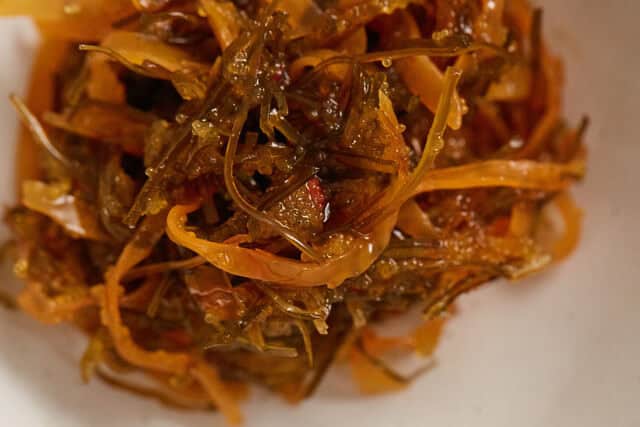
As we draw the curtain on the story of Matsumae-zuke, we hope this glimpse into its origins and flavors has enriched your understanding of Japan’s culinary heritage. The art of preserving and pickling ingredients passed down through generations is a testament to the country’s cultural tapestry. Whether you savor its sweet and savory notes or simply marvel at its historical roots, Matsumae-zuke offers a window into a world where taste and tradition intertwine.
You can check some Japanese fermented dishes that we know you would like to try too.






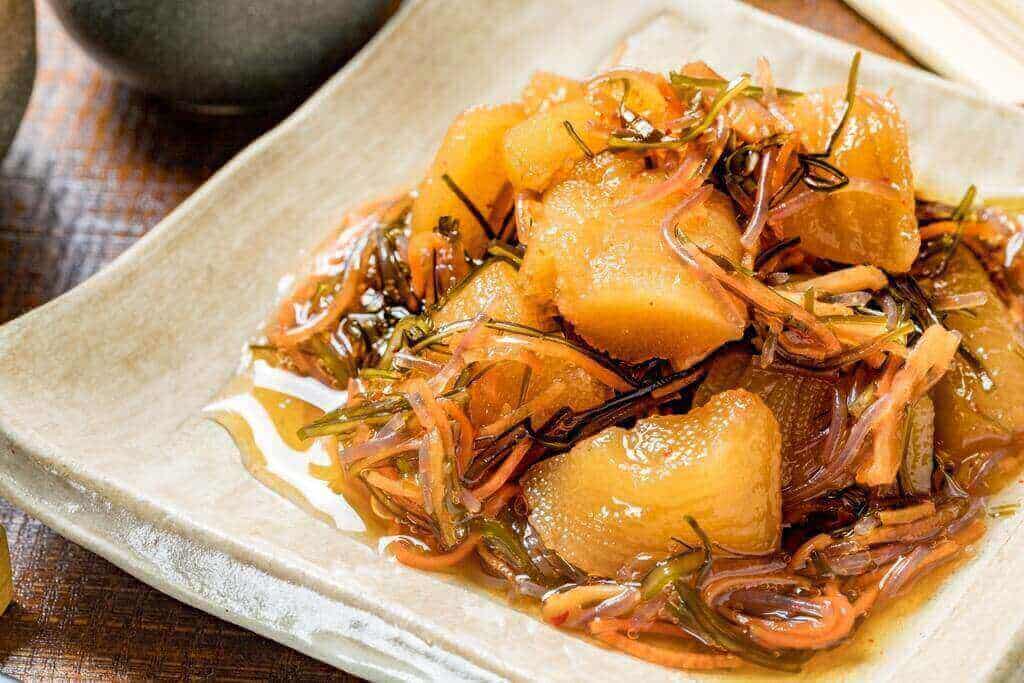
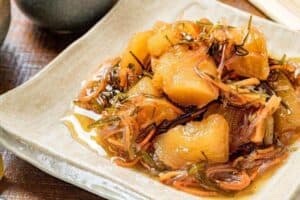

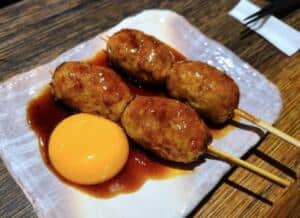
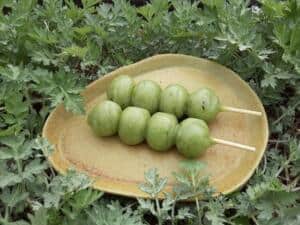
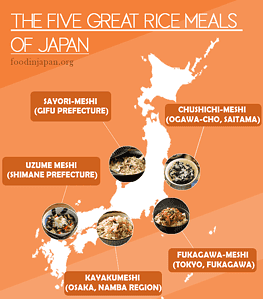
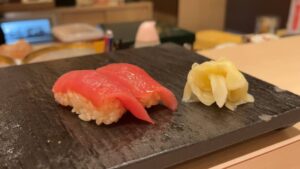

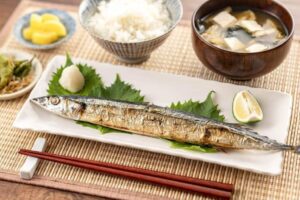

Comments